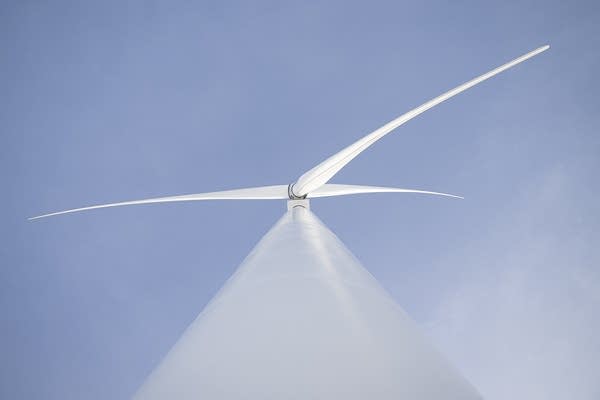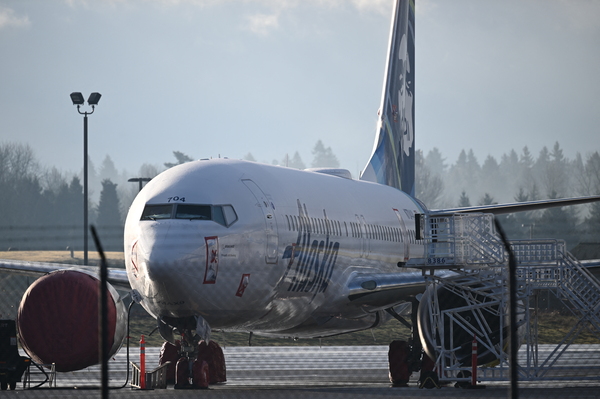
NTSB says key bolts were missing from the door plug that blew off a Boeing 737 Max 9
February 6, 2024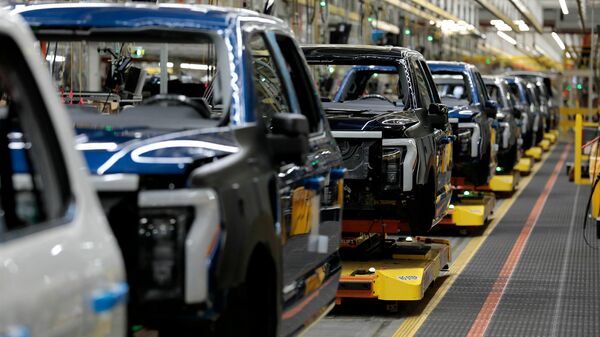
EVs won over early adopters, but mainstream buyers aren't along for the ride yet
February 7, 2024Massive blades whoosh through the southwestern Minnesota air as a wind turbine churns out electricity on Buffalo Ridge. There are 39 wind turbines at the Stoneray Wind Project, each about 280 feet high.
They stand on the expanse of rolling grassland almost 2,000 feet above sea level which runs 60 miles through Lincoln, Pipestone, Murray, Nobles and Rock counties in the region.
The combination of altitude and high average wind speeds makes Buffalo Ridge an ideal place to capture wind energy.
Yet while the turbines at Stoneray may be turning smoothly, Adam Sokolski says when it comes to getting the power onto the transmission lines to the regional grid, things are kind of jammed. He is director of regulatory and legislative affairs at EDF Renewables North America which runs Stoneray and several other green energy facilities.
“We have wind farms that are built, that they’re ready, the wind is blowing, but there’s not enough transmission capacity on the system,” he said.
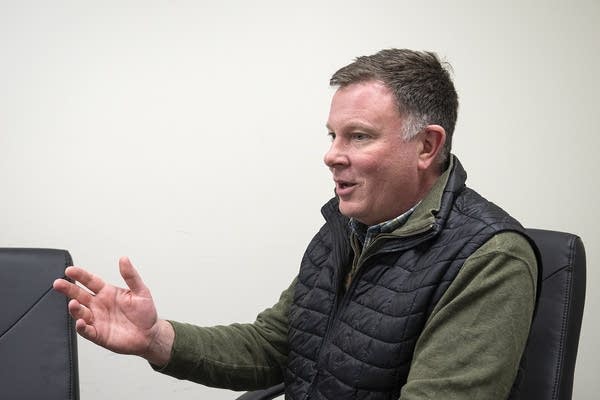
And that, Sokolski said, causes congestion. He likened it to a holiday weekend traffic jam on I-90, when nothing moves fast.
Grid operators told some green energy providers they will not get connected to the grid for years. And even those who have managed to get connected sometimes can’t generate at full power because it might overload that part of the grid.
He added that all of EDF’s wind farm sites in Minnesota run into this problem and that they’re “feeling that pinch right now.” He said congestion has been especially bad in southwest Minnesota over the last three to five years.
“It’s a complicated process that we’re trying every day to find those solutions,” he said. “Find those detours around the congestion facilities and ultimately be able to operate our wind farms at full capacity.”
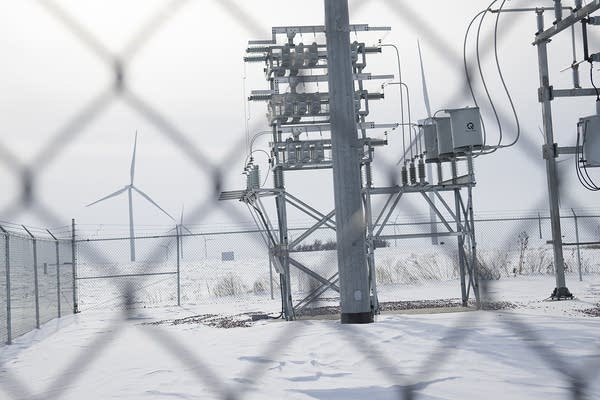
Some other developers and their projects that were slated to be built also faced obstacles. The Big Bend Wind Energy project by Apex Energy was meant to start construction this year as the state’s first hybrid solar-wind farm near Comfrey.
However, interconnection queues and market conditions led to Red Rock Solar withdrawing its interconnection request for its part of the project in March 2023. Apex Energy is still waiting for interconnection results from the Midcontinent Independent System Operator and the execution of a power purchase agreement.
In a statement, Apex Energy said “based on current interconnection and market conditions, a hybrid project is less likely at this time. But, Apex will continue to reevaluate conditions over the coming months before making a final decision on pursuing a hybrid project.”
EDF Renewables is also waiting in a long interconnection line for its Byron Solar Project in rural Dodge County, which means it could see further delays despite the first part of the project having a permit.
‘Our North Star’
The connection and congestion problems call into question whether Minnesota can meet its carbon-free electricity goals by 2040.
Minnesota Commerce Commissioner Grace Arnold said meeting that goal will be an ongoing challenge.
“That’s our North Star now, and so we’re looking at how we make sure that we can get enough transmission online, within the system that’s not just in Minnesota,” Arnold said. “So, it’s a bigger system than just us, but to make sure that we can get as much as possible online to be able to meet those goals.”
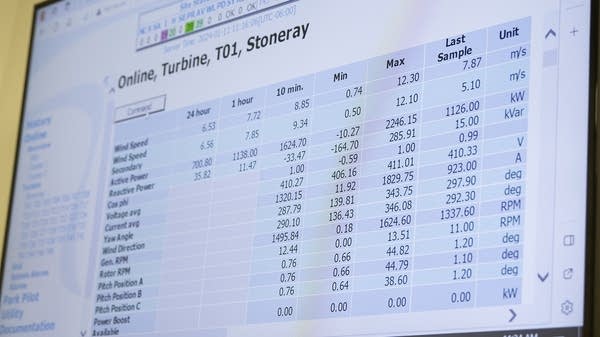
The federal government awarded a $464 million grant last fall to the Minnesota Department of Commerce and regional grid operators to help relieve transmission problems and catch up with the demand. Regional transmission organizations, including the Midcontinent Independent System Operator, approved a long range transmission plan to alleviate some congestion and expand the grid to accommodate new generators on the system.
Margaret Cherne-Hendrick, senior lead of innovation and impact at St. Paul-based nonprofit Fresh Energy, said it’s crucial to fix the issues in Minnesota, but the problem goes further.
“We also need all of our other states that are sort of interconnected with our larger regional grid,” Cherne-Hendrick said. “We talked about building out storage opportunities here, we need to make sure that everyone else who’s in our grid is also doing that regionally.”
Greener on the other side
Back in Woodstock, Sokolski said utilities are asking for more clean energy through their project proposals and transmission companies are working to meet that demand.
“We’re trying to raise the concern with the utilities and the regulators to say, ‘hey, look this is happening. We need to find a transmission plan,’” Sokolski said. “We really need to push hard to make plans today, so we can recognize our goals for the future.”
And despite the challenges, Sokolski said he’s optimistic about the future of renewable energy. The large number of projects waiting to get connected is a sign of changing times.
“Solar and wind energy are here to stay, and utilities want solar and wind,” he said. “It shows that there’s a lot of interest and opportunity for solar and wind projects to be developed and built here in the Upper Midwest to serve customers. There’s no shortage of development projects to try to feed Minnesota in the region’s carbon-free goals and renewable energy goals.”



